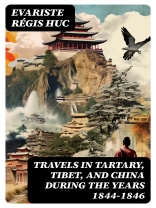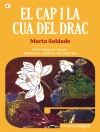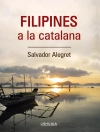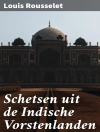In ‘Travels in Tartary, Tibet, and China During the Years 1844-1846, ‘ Evariste Régis Huc presents an intricate account of his extensive journeys through some of Asia’s most enigmatic regions. With a keen eye for detail and a vivid narrative style, Huc captures the cultural, spiritual, and geographical landscapes of Tibet and China during a period of great change. His observations reflect a blend of adventure and scholarly inquiry, as Huc provides insight into local customs, religious practices, and geopolitical tensions, positioning his work within the broader context of 19th-century Western exploration and enlightenment thinking. Evariste Régis Huc, a French missionary and explorer, was driven by a deep fascination with the East. His experiences in these remote lands were shaped by his responsibilities as a Jesuit priest, leading him to adopt a dual lens of both faith and observation. His background in philosophy and theology informs his reflections on the rich tapestry of beliefs and practices encountered throughout his travels, as well as the challenges faced by European missionaries in understanding and interacting with diverse cultures. This book is highly recommended for both scholars and enthusiasts of travel literature, as it not only chronicles Huc’s remarkable adventures but also offers critical insights into the historical and cultural interplay of the period. Readers seeking an authentic and richly detailed perspective on 19th-century Asia will find Huc’s work a compelling addition to their literary explorations.
เกี่ยวกับผู้แต่ง
Evariste Régis Huc, often known as Abbé Huc, was a French Catholic priest, missionary, and traveler, famed for his accounts of China, Tartary, and Tibet during the mid-19th century. Huc was born on August 1, 1813, in Caylus, France, and died on March 31, 1860. His most notable work, ‘Travels in Tartary, Tibet, and China During the Years 1844-1846’ (Huc, 1850), provides a vivid description of his extensive travels in these remote regions of Asia and remains a significant contribution to Western understanding of these areas during that era. Huc’s narrative style combined keen observation with a flair for storytelling, immersing readers in the cultures and landscapes he encountered. His descriptions of Tibetan life and customs were particularly influential, offering Europeans one of the first detailed accounts from an outsider’s perspective. Huc traveled as part of a missionary delegation and his writings must be understood within the context of his religious motivations and the colonial attitudes prevalent at the time. Despite this, his work endures as an important document in the field of travel literature and Asian studies. His contributions extend beyond mere descriptions; they reflect the complexities of intercultural encounters in the age of exploration and empire.












